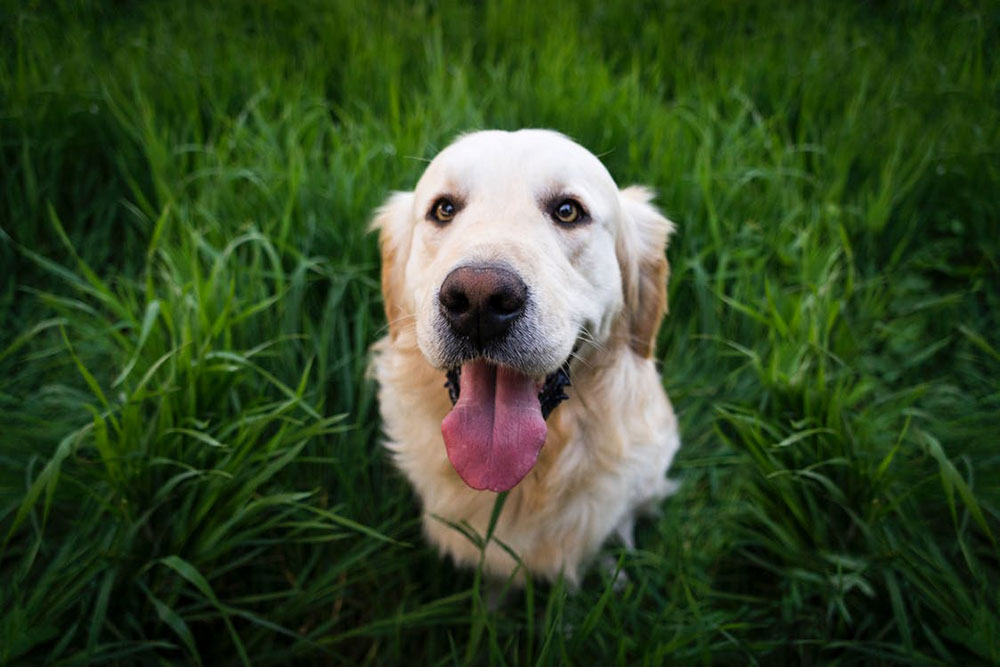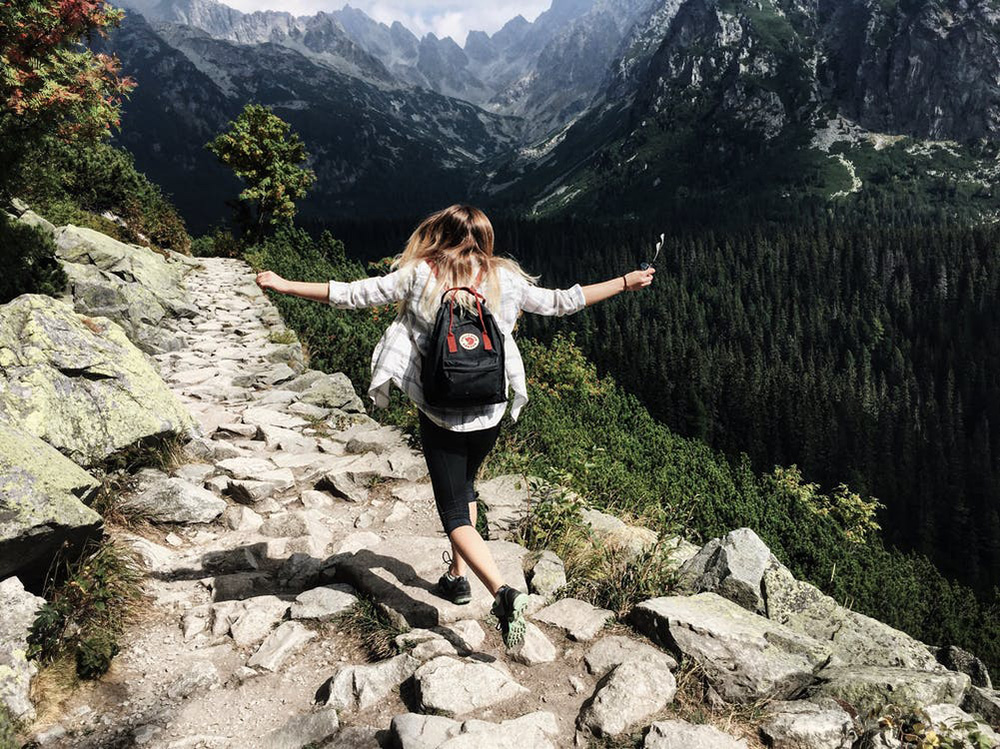Creating a persona can help you better understand customers. You’ll know who you’re targeting with your promotions and can design exciting contests that appeal to the right audiences.
Developing a profile of your typical promotion participant will take a little research and digging, but it’s worth it.
To create a persona, following this process can help you save time and ask the right questions:
1) Prepare Your Data — Talk with your sales team, or gather available data, in-house studies, and demographic information about your current customers. (Generally, customers are the same people interacting with your contests, but not always. If your contest persona is different, keep in mind a practical contest often appeals to current or lookalike customers.)
2) Study Your Demographics — Begin jotting down basic demographics to start a profile. Age range, typical profession, education level, etc. If you aren’t sure what to include, start with what you have and talk with your sales team to get some essential data and stats going.
3) Complete the Profile — Fill out the profile with additional information from your research. If you find gaps, ask questions that help you better understand your customers. The information you’ll need depends on your industry, product and other characteristics and stats. Generally, though, this includes anything you’ll need to build a relatively complete picture of what your customers are like, where they live, work and have fun, how they use your product, etc.
Next, we’ll look at creating personas for specific contests and using our personas to figure out which promotions to use.
Using Personas
Have your personas in-hand and ready for action? Let’s put them to good use.
Keep in mind, it’s okay if your personas are imperfect — having a “work-in-progress” to start with is also worthwhile. No matter how great a persona, the best practice is continual editing and updating. A continuous improvement philosophy can help keep your personas on-target as market conditions, and audiences, change.
“No matter how great a persona, the best practice is continual editing and updating.”
Sweepstakes
For instance, pretend your company sells a product line of premium organic dog food, and you want to reach more customers. You know your customers typically live in suburban areas and are generally between the ages of 25 and 58. So, you fill in your persona with other available data. Whatever you don’t know could be obtained through a survey.

It turns out your target customer is interested in your product and actively uses social media. Sweepstakes could be a great way to reach more customers, but you’d like to avoid giving away something that doesn’t appeal to your target.
Persona #1 Name: Dog Lover Dan Age: 28 Education: Bachelors Career Type: Full-Time Homeownership: Own Urbanicity: Suburban Time Spent Online: 8 hours per week Notes: -Concerned about keeping his dog healthy and happy. -Frustrated with foods that contain fillers, added ingredients. -Dan spends a lot of time online, researching petcare.
You consider giving away a vacation, but the appeal of that prize is too broad for your persona and may not be relevant enough for Dan. So instead you create a sweepstake that appeals to Dan, choosing to give away a free year of dog food.
Coupons
Maybe your target customer doesn’t use coupons as often, or perhaps they have a specific one that appeals to them. Coupons may not be right for every product, but if they’re popular with your personas, they’re a dominant part of your toolkit.
From there, you have to design the right coupon. Does your persona want a percentage-off discount, a purchase for a dollar, or a lower price? How about some other unique buy, extended subscription or bonus deal? You could reward new customers with coupons, show appreciation to long-time shoppers, or move old inventory — the purpose of your coupon is essential, too.

One of the most substantial benefits of coupons is foot traffic, whether in-person at a brick-and-mortar establishment or online in the form of e-commerce conversions.
Say you own a coffee shop and you’re looking to create a coupon that appeals to your customers. You start building the next persona, based on the demographics and info you collected in your research:
Persona #2 Name: Camila the Coffee Connoisseur Age: 32 Career Type: Full-time Homeownership: Own Urbanicity: Urban Time Spent Online: 5 hours per week Notes: -Obsessed with fine coffee; treats herself to coffee on lunch break at work. -She's in a hurry, loves new and interesting coffee blends but also has favorite go-to menu items.
Let’s say that for this persona, you decide to use a coupon your customers can bring in the store to try a new type of coffee–you know your customers enjoy new blends so this could be a winning idea if you’re trying to drive traffic to your store. If you want to encourage someone like Camila who’s already a loyal customer to buy even more, maybe offering a discount on buying two coffees is a better approach.
“One of the most substantial benefits of coupons is foot traffic, whether in-person at a brick-and-mortar establishment or online in the form of e-commerce conversions.”
Whatever you do, make sure the coupon serves your goals and appeals to your personas.
Photo & Video Contests
Understanding your customer better through personas can help you find out if photo and video contests are appealing to your customer base. Many customers who enter these contests on Instagram or Facebook are highly committed and interested in the product. Many consumer brands, lifestyle products, and niche markets have committed social media followers who enjoy Instagram and Facebook contests.
A persona can help you determine if this strategy even appeals to these customers, and can tell you how to design the competition. If for instance, you sell camping or hiking gear, it may make sense to have customers enter their best photos from the trail.

Persona #3 Name: Hannah the Hiker Age: 45 Career Type: Full-time Homeownership: Own Urbanicity: Suburban Time Spent Online: 7 hours per week Notes: -Researches online to find the best technical gear for hiking and backpacking trips with friends. -Appreciates well-designed, functional products.
If through research you start putting together a persona like Hannah’s above, it might make sense to use a photo contest involving your products and ask participants to find an innovative use or invigorating hike. If your customers enjoy challenging themselves, maybe design a contest that empowers them to do so and provides great photos you can use in your marketing.
Tailoring a Persona
The bottom line is customization. Use your personas as a springboard for ideas that excite, challenge, and motivate your audience. It’s important to use actual research and conversations with customers to inspire a persona. Don’t give in to the temptation to use stereotypes — not only is stereotyping unfair, but it can also make inaccurate personas. You don’t want to miss out on any vital details.
Got those personas and promotional plans ready to step-up your marketing? Sign-up for a free Woobox account today and start a persona-focused promotion! If you have questions on getting started, email us at Woobox Support.
